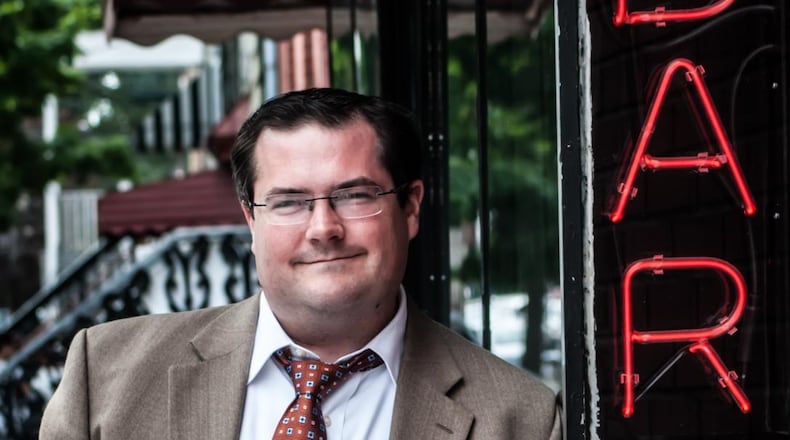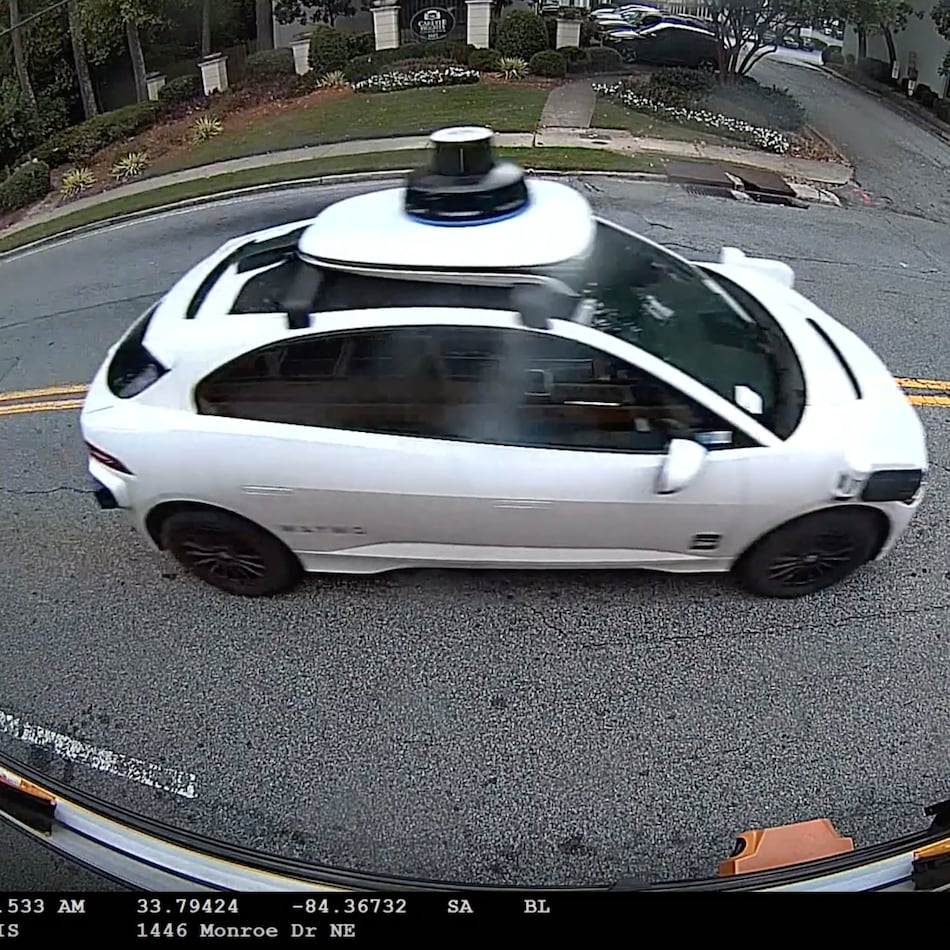In his new book, “Drink Beer, Think Beer: Getting to the Bottom of Every Pint” (Basic Books, $26), John Holl challenges readers to think critically about beer.
To that end, he draws on history and delves into business, sensory experience, and even some of the negative aspects of current beer culture for what adds up to a thorough and thought-provoking primer on the subject.
Currently the senior editor of Craft Beer and Brewing magazine, Holl was formerly a New York Times writer and the award-winning editor of All About Beer magazine.
In full disclosure, I have known John as a friend, colleague, and sometimes editor for many years, and my name appears among the acknowledgments in the back of the book. But I think all those things contributed to our having a lively Q&A about the book during a recent phone call.
Q: “Drink Beer, Think Beer” covers a lot of ground, and you say much of it was the result of your some 16 years of writing about beer. So what is it that you were trying to accomplish with this book?
A: We get caught up so much in the hype of beer in the moment, but I don't know how many of us are just taking the time to just stop and think about the other things that are happening around us. There are some 80 percent of people who don't drink craft beer regularly, and there's a bit of an intimidation factor for them. Beer should be inclusive and fun for everybody.
Q: You say, “Right here, right now is the best time in the history of mankind to be a beer drinker.” But I confess, I often find myself longing for a time when beer wasn’t so complicated.
A: I don't disagree with you on that. I just had a Mexican Doughnut Stout at a brewery in Iowa. It was good. It was fun. But I also remember when we were hanging out at Blind Tiger last year, we were just talking and drinking lagers. It's the best beer bar in New York City, and I can walk in anytime and get an unfussy Pilsner or an ESB.
But when I say it’s the best time, it’s because there’s a brewery out there for everybody’s taste. There are 7,000 breweries in the U.S. now, and there’s never been more choice.
Q: In the chapter “How We Drink Beer,” you touch on politics and religion, and the new kind of freedom of expression that goes along with brewery taprooms nowadays.
A: It used to be that those were the things that you didn't discuss at the bar. These days, it's unavoidable. But the thing that I actually really like about it is that beer brings everybody together. You can have differing opinions, but as beer drinkers, we all have at least one thing in common.
Q: One of my favorite chapters is “Shadows in Beer,” where you get into many of the things we don’t often discuss, such as sexism, inclusion and equality in the beer business. And you really step off the ledge going into health issues around beer, including pregnancy and obesity.
A: It's impossible to avoid thinking about it. My wife, April, was pregnant as I was writing this book. And you know me, I'm not a super healthy guy. I think about my weight quite a bit. We all know people in the business who get drunk regularly, and it's part of their functioning life in beer. So if I didn't talk about this kind of stuff, it would have been irresponsible.
Q: The recent headline “Brewers Association Board Proposes New Craft Brewer Definition, Intends to Form Political Action Committee” is definitely renewing the discussion over what is “craft beer” and who decides that. What’s your take?
A: My hot take is that certainly Boston Beer has become a beverage company. And they appeal to a large number of customers beyond beer. If craft is 13 percent of the market, Sam Adams reaches well into that other 87 percent with Twisted Tea, with the spiked seltzer, with Angry Orchard. It is interesting how much Boston Beer controls that organization, and the way that organization has moved.
Q: Ending on a positive note, among the new Brewers Association proposals, there’s a move to bring taproom breweries into the fold as voting members.
A: I'm a big fan. It's a unique experience each time you go to one of those places, because it is very much the personification of what the brewers want to convey about themselves. Everything from the beer to the decor to type of music they're playing. It makes breweries destinations, and for the local economy, it gives beer a sense of place.
IN RELATED NEWS:
About the Author
The Latest
Featured



